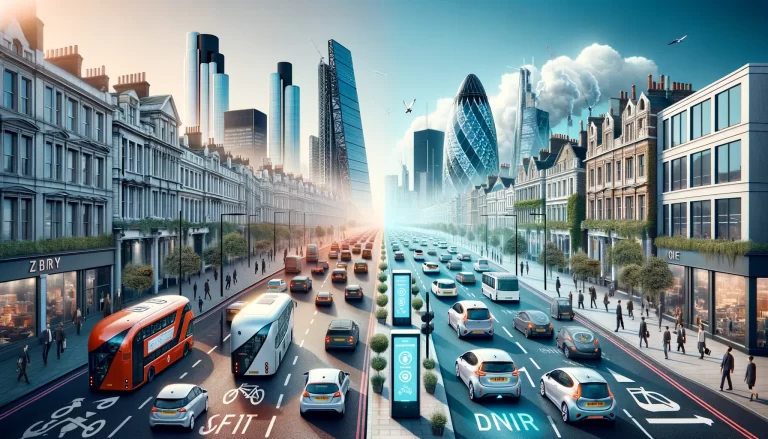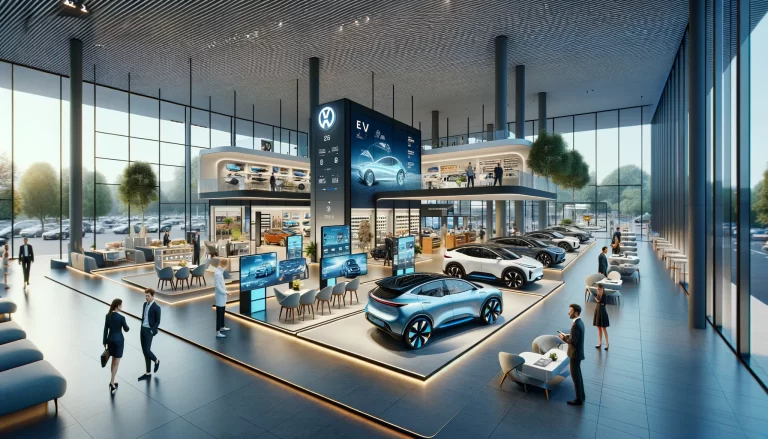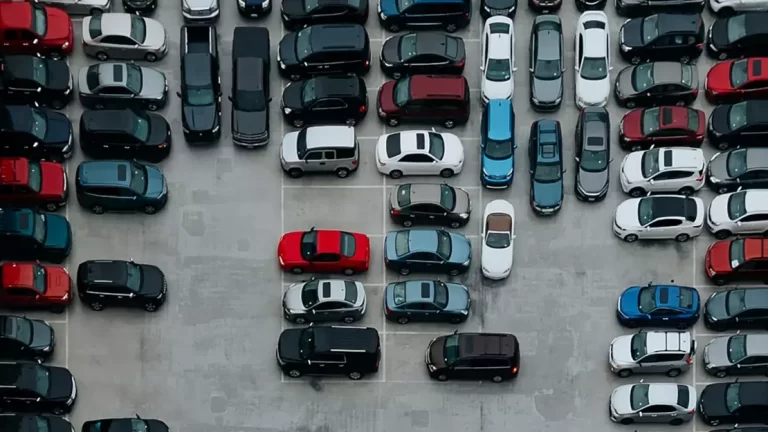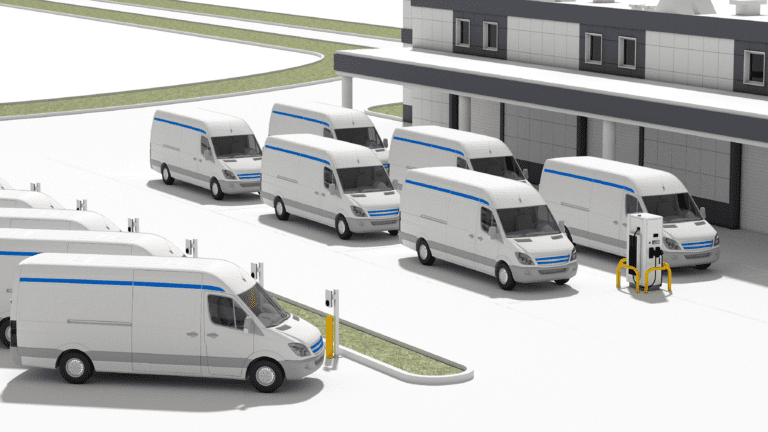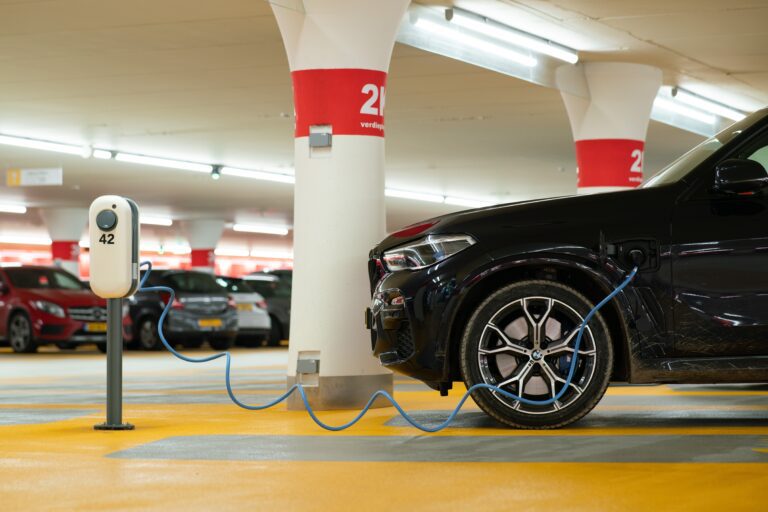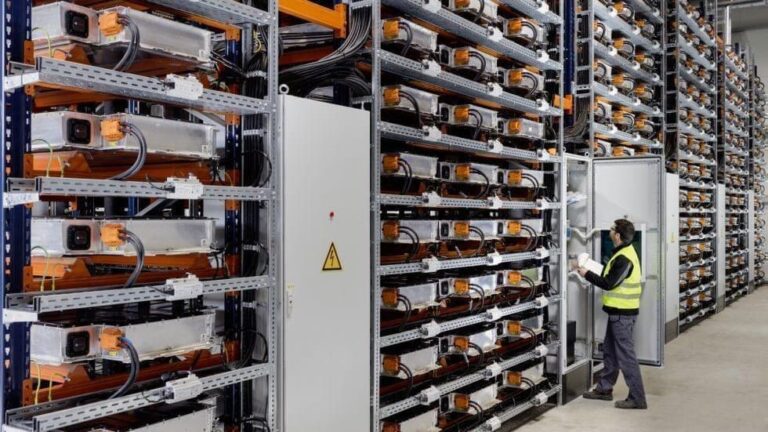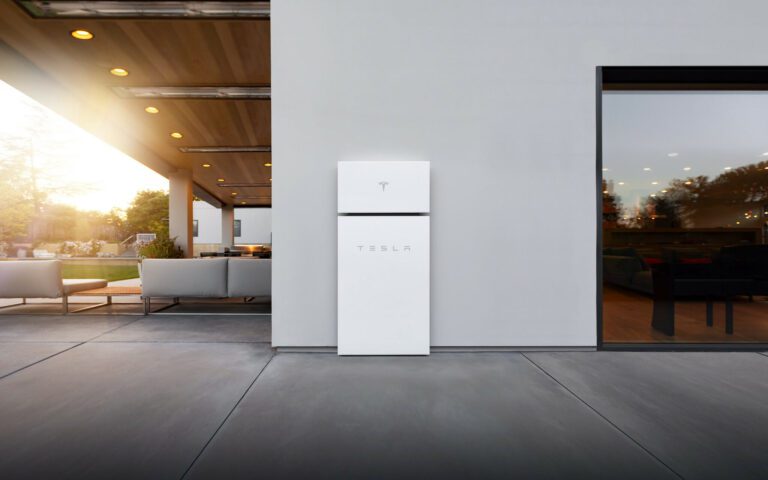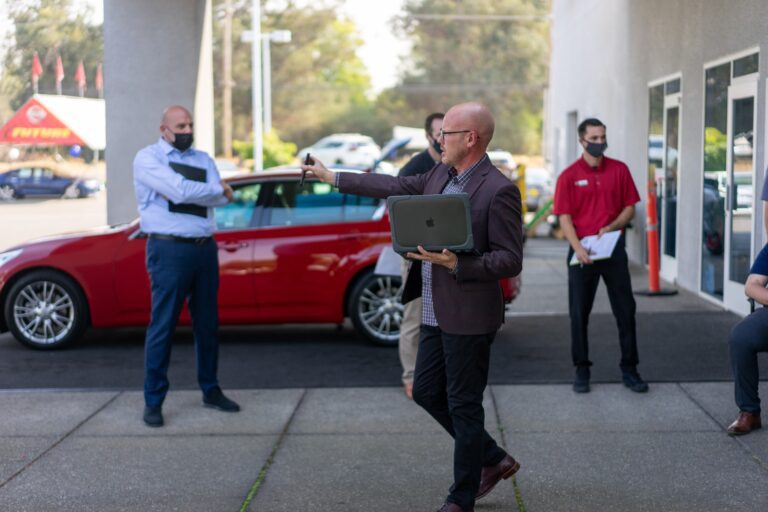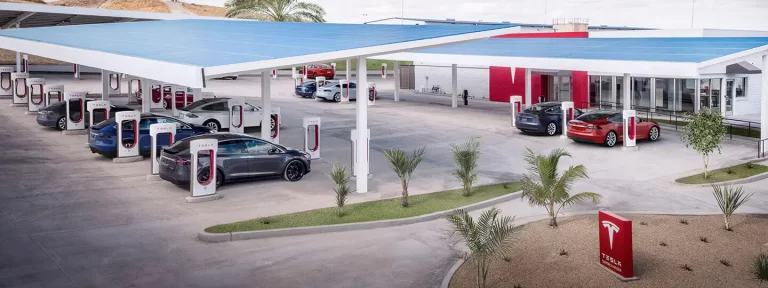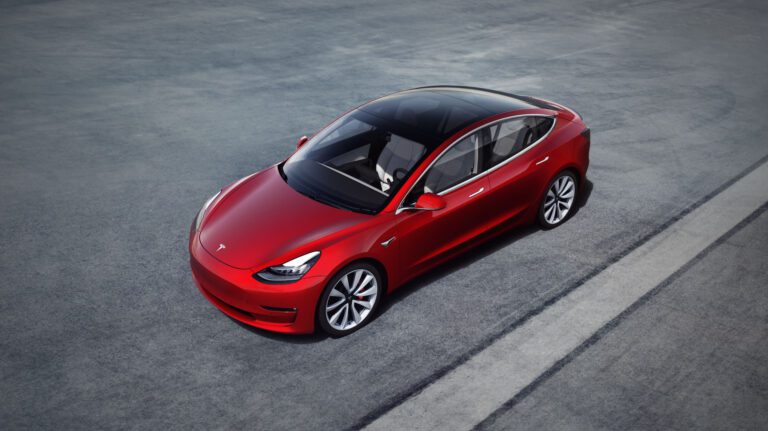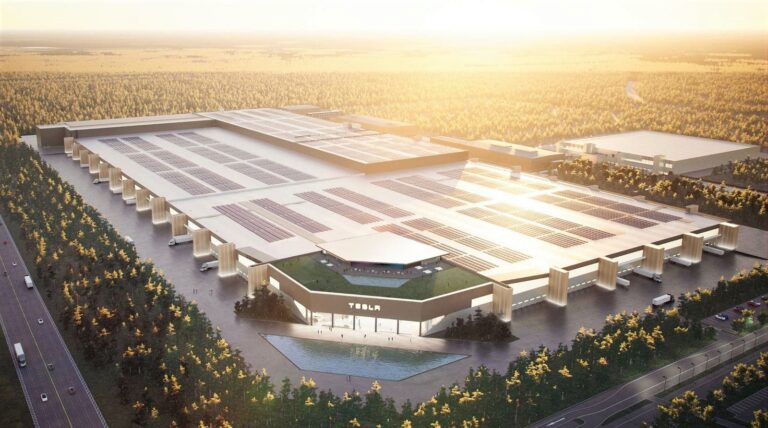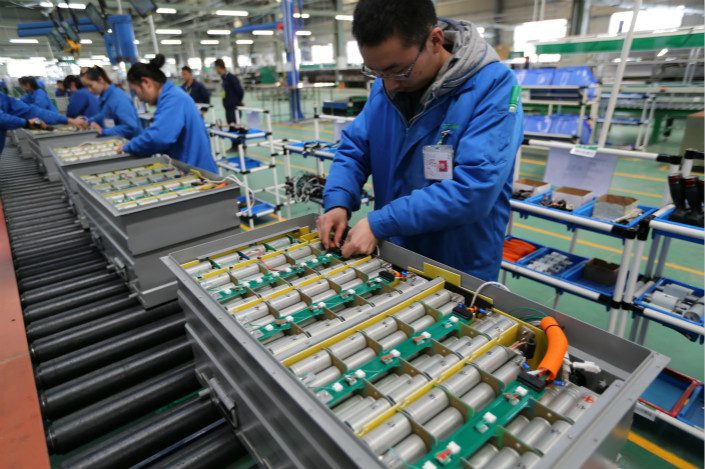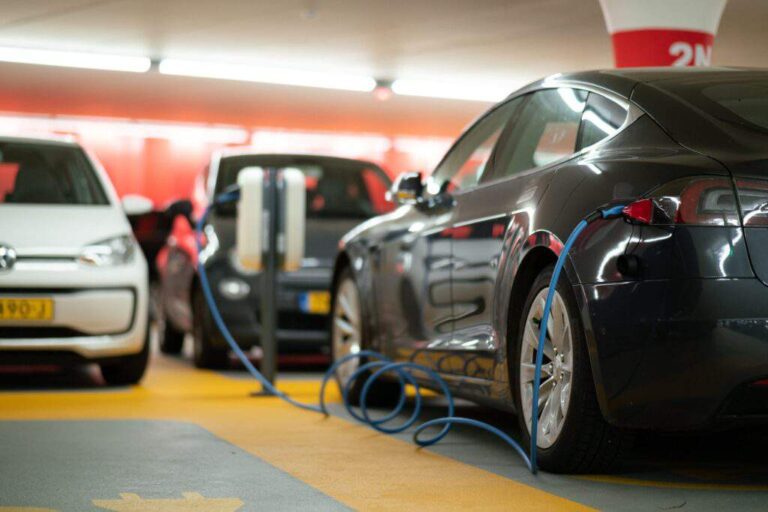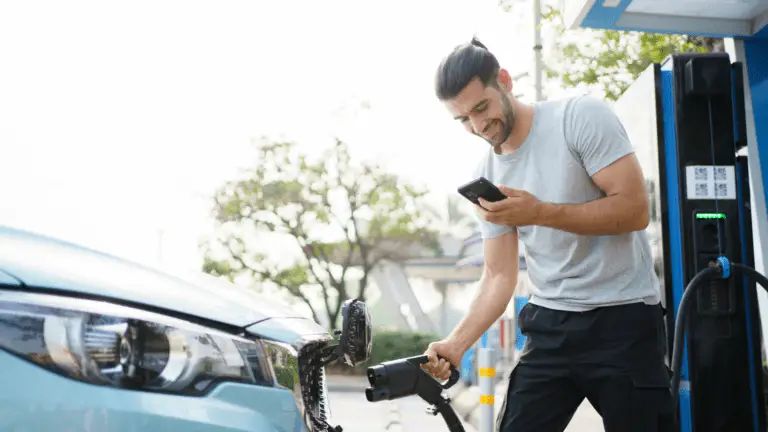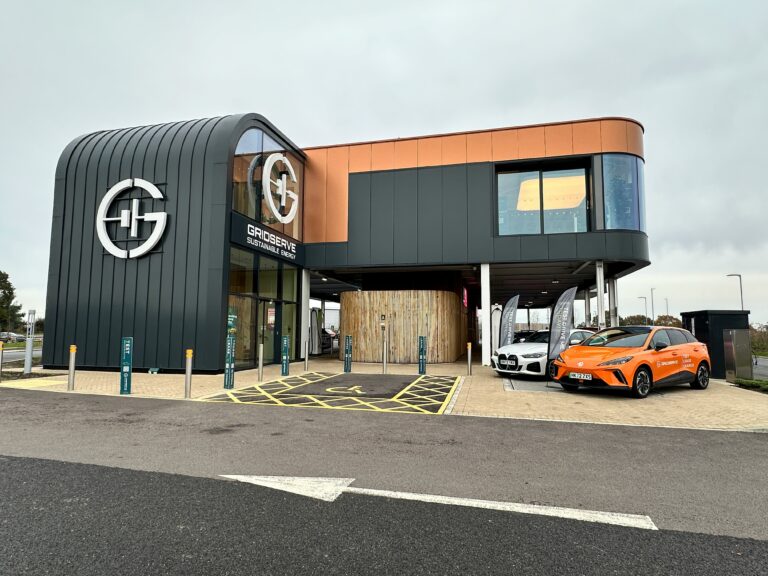EVs are becoming more popular as more buyers see their value proposition. One factor that is not often talked about that directly affects the rate of adoption is interest rates. This article will discuss the impact of rising interest rates on EV loans and the adoption of EVs.
The current EV landscape
Electric vehicles have shown they are here to stay. Last year, Tesla, the largest EV company, shipped 1.31 million units globally in 2022. Other companies, including startups and traditional auto companies, struggle to meet ambitious electrification goals.
Despite becoming more mainstream, electric vehicles suffer from a general problem; higher selling prices. Many drivers are attracted by the lower ownership costs but are put off by the higher sticker prices.
EV financing
Most EVs are purchased on loans, with about 56% coming from banks and credit unions financing 12.14%. In 2021, the average monthly payment for electric cars was $774, up from $738 in the preceding year.
However, buyers are facing an issue across the auto industry regarding car financing; rising loan amounts. Experian reports the average new vehicle loan amount increased 12% between 2020 and 2021, from $35,421 to $39,721. This led to a jump in average monthly payments from $579 to $644. The increase for used cars was even higher; loan amounts moved from $22,630 to $27,291 within the same period, with monthly payments jumping to $488 from $417.
Why are car loan costs increasing?
There are various reasons for increasing loan prices, which is the amount the car owner must pay back. In the UK, where the Bank of England sets the base rate, which affects all other rates, the base rate has been moved from 0.1% to 3%. This was necessary to counter rising inflation. While the long-term effect will bring down inflation and reduce the cost of living, one of the immediate effects is higher loan rates.
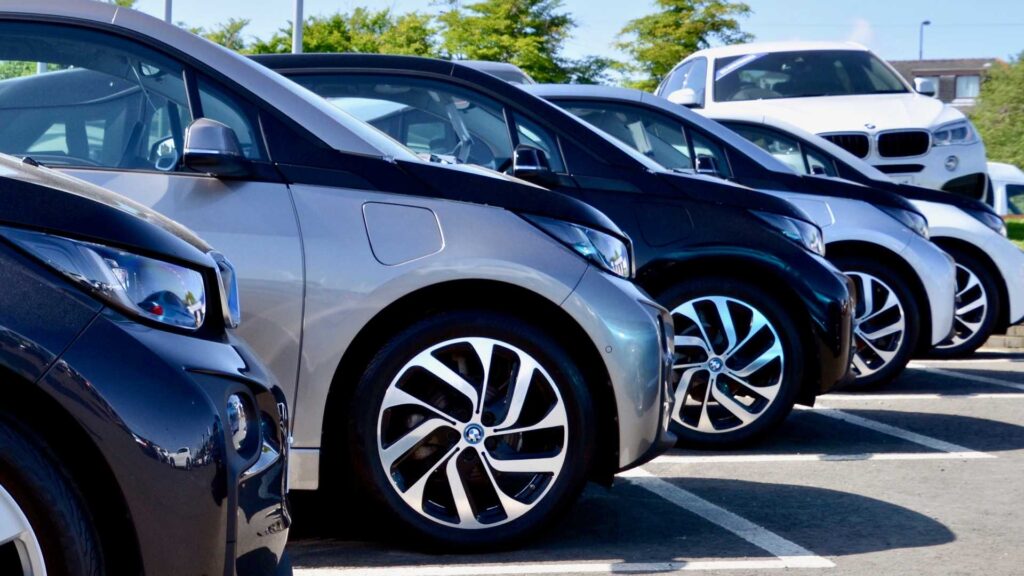
In the US, the average interest rate for new vehicle loans jumped from 4.09% to 5.16% in 2022 after the Federal Reserve increased interest rates. For used vehicles, average loan interest rates moved to 9.35% from 8.12%.
Another reason for increasing car loans is rising car prices. The auto industry is reeling under increasing manufacturing costs, up by 116% in 2021, which transfer to the buyer. JP Morgan estimates that US car buyers paid $45,622 on average for a new car in 2022, an increase of $3,462.
Car prices skyrocketed due to global supply chain restraints, especially semiconductor chips, during the pandemic. EVs, in particular, witnessed increased battery costs, which means new vehicle buyers have to pay more. This pushed more buyers toward used cars, which caused increasing demand and hence, higher prices.
The impact of rising interest rates on EV adoption
An increase in interest rates can have a significant impact on the affordability of EVs. With rising interest rates, financing costs rise, making it difficult for consumers to purchase an EV. This can make EVs less accessible to lower-income households, as they may be unable to secure the necessary financing. Additionally, EV buyers may be more likely to purchase used or less expensive models of vehicles due to cost constraints, thus reducing the overall growth of the EV market.
Furthermore, rising interest rates can lead to a decrease in the demand for EVs by reducing the value of their resale. As the cost of financing increases, EV buyers may be less likely to purchase new models of vehicles due to the increased cost of financing. This decrease in demand for new EVs can decrease their resale value, making them less attractive to potential buyers. For example, a buyer of an EV may opt for a used or less expensive vehicle model due to the EV’s decreased resale value. This, in turn, can lead to a decrease in the growth of the EV market.
Impact on the global economy
The impact of rising interest rates on the adoption of EVs can also have implications for the global economy. As the cost of financing increases, the cost of producing EVs is likely to increase. This can lead to an increase in the cost of production, as EV manufacturers are forced to increase the prices of their vehicles to cover the cost of financing. This, in turn, may lead to an increase in the cost of living for consumers, as the prices of consumer goods such as food, clothing, and gasoline may be affected by the increased cost of manufacturing.
Rising interest rates on EVs may also have implications for the environment. As the cost of financing increases, the EV market will likely slow down. This, in turn, may lead to a decrease in the number of electric vehicles sold and their overall efficiency. This, in turn, could lead to an increase in the amount of carbon dioxide and other pollutants released into the atmosphere, thus exacerbating the global climate crisis.
What does the future of EVs look like with rising interest rates?
There are reasons to be pessimistic and optimistic. Many governments offer incentives to entice car owners to switch to electric. However, the increasing adoption of EVs and the rising cost of maintaining the incentives may cause these incentives to be reviewed, spelling an end or a reduction to the packages. This may cause the EV market to shrink.
However, EV buyers may enjoy a moment of respite in financing loan amounts. Tesla triggered a price war in the EV market when it announced significant price cuts across its major markets. This means buyers have to pay back less amount on their EV loans.
The EV industry may also start to benefit from cheaper batteries. Ford, for example, has claimed its LFP batteries are up to 15% cheaper than lithium-ion batteries, among other benefits. This will allow Ford to lower its prices to be competitive, translating to reduced loan amounts for its customers.
Conclusion
The impact of rising interest rates on the adoption of EVs is significant. An increase in interest rates can make EVs less affordable and less attractive to potential buyers, thus reducing the overall growth of the EV market. Additionally, an increase in interest rates can lead to an increase in the cost of production and a decrease in their resale value, thus making them less attractive to potential buyers. Finally, the impact of rising interest rates on the adoption of EVs can have implications for the global economy and the environment.


